Disclosure: This article contains affiliate links. We may earn a commission from purchases at no extra cost to you, which helps our travel content.
G'day adventure seekers! If you've been dreaming of a road trip that delivers both heart-pounding thrills and soul-soothing ocean vibes, I've got just the ticket. Last spring, I found myself with a week to kill in northern Peru and stumbled upon what might be South America's most underrated adventure route. Picture this: starting in the desert city of Piura with its bustling markets and colonial charm, then winding your way through rugged landscapes until you hit the surfer's paradise of Máncora, where the Pacific crashes against golden shores. This journey packs in everything from dune bashing and canyon exploration to surfing and beachside cocktails – all without emptying your wallet. Grab your mates (or don't – solo works brilliantly too), rent a 4WD, and prepare for a ripper of an adventure that'll have you swinging between adrenaline rushes and blissed-out beach moments faster than you can say 'no worries!'
Piura: Desert City Thrills & Market Treasures
Piura hit me like a sensory cyclone – the scent of anticuchos (beef heart skewers) sizzling on street corners, the rainbow explosion of textiles in the markets, and that dry heat that wraps around you like a blanket. Most travelers blow through Piura on their way somewhere else, but the savvy adventurer (that's you now) knows better.
First stop: Plaza de Armas with its stunning cathedral. I spent my first morning people-watching here with a cup of café pasado so strong it practically had me bouncing off the colonial architecture. The real magic happens when you dive into the markets though. Mercado Central is where I scored gorgeous handwoven textiles that now adorn my apartment back in Kitchener. Pro tip: look for items made with Pima cotton – northern Peru produces some of the world's finest.
For an adrenaline hit without leaving town, I hooked up with Desert Expeditions for dune bashing in the nearby Sechura Desert. Imagine being strapped into a buggy that's essentially a roll cage with an engine, then launching yourself over massive sand dunes at speeds that make your stomach drop. I may have screamed so loud I temporarily lost my voice – worth it!
Before hitting the road, I stocked up on supplies at the local markets. My dry bag was essential for keeping my camera gear sand-free during dune adventures and later protecting it from ocean spray. If you're planning this trip, don't skimp on sun protection – the Peruvian sun is absolutely brutal.

💡 Pro Tips
- Visit markets early morning (6-8am) for the freshest selection and to avoid the midday heat
- Negotiate market prices with a smile - expect to pay about 70% of the initial asking price
- Try picarones (Peruvian donuts) from street vendors near Plaza de Armas - look for the longest queues
Desert Adventure: The Scenic Route to Máncora
The journey from Piura to Máncora is where the real adventure kicks in. You could take the direct highway and be there in three hours flat – but where's the fun in that? Instead, I opted for the scenic route that winds through the desert landscape and small villages, taking two full days with an overnight stop that became one of my trip highlights.
Renting a 4WD is non-negotiable for this route. My trusty Toyota Hilux handled the terrain like a champion, though I had more than one white-knuckle moment navigating what barely qualified as roads. The payoff? Landscapes that shift from Mars-like red earth to golden dunes to glimpses of the distant Pacific that had me pulling over every few kilometers for photos.
About halfway through the journey lies the hidden gem of Quebrada de Talara – a mini canyon system where I spent hours scrambling over rocks and discovering hidden viewpoints. The colors at sunset here are something else – layers of red, orange, and purple that make even a seasoned traveler like me go quiet with awe.
I spent the night at Ecolodge Huayruro, a small family-run spot where I slept in a mud-brick bungalow under more stars than I've ever seen in my life. The owners cooked up a feast of local dishes including the best ceviche I've had in Peru – made with fish caught that morning.
Before setting off the next day, I joined a local guide for a sunrise hike that had me scaling dunes in the golden morning light. My hiking sandals were perfect for this terrain – supportive enough for the hike but easy to shake out when inevitable sand invasions occurred.
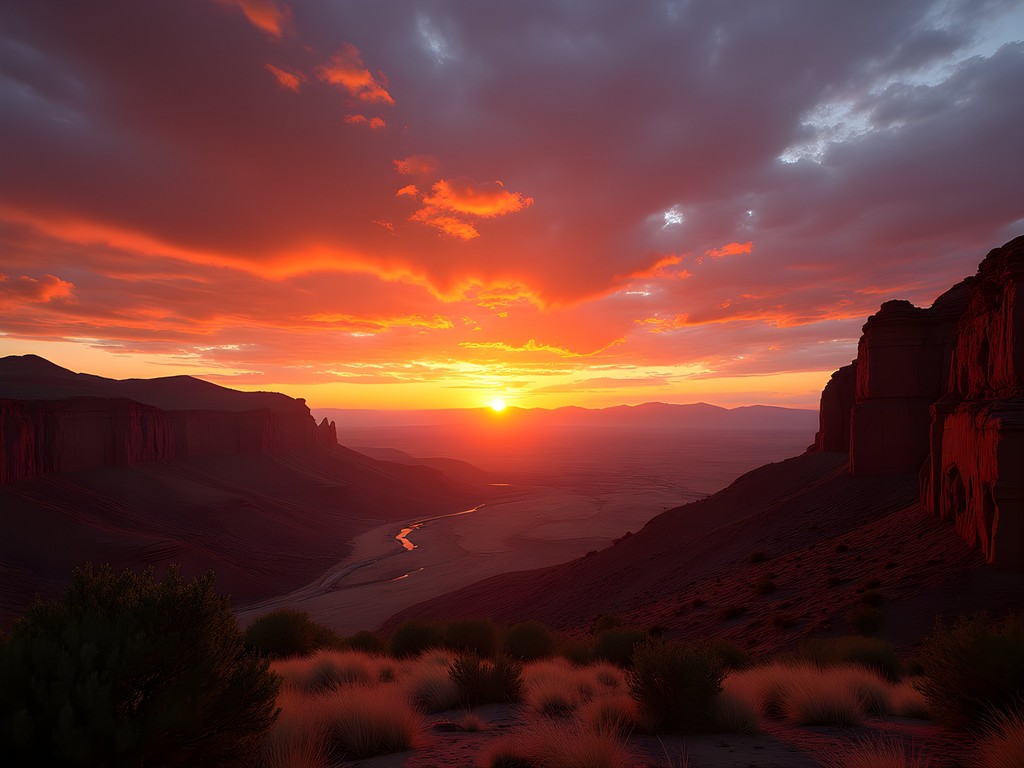
💡 Pro Tips
- Download offline maps before leaving Piura - cell service is spotty
- Carry at least 4L of water per person per day in the desert sections
- The best photo spots are 2-3 hours into the journey - plan to leave Piura early morning for optimal lighting
Máncora: Surf, Sand & Seaside Thrills
After days in the desert, arriving in Máncora feels like stumbling into a beach paradise. This once-sleepy fishing village has evolved into Peru's premier surf destination, but it still maintains a laid-back charm that instantly had me extending my stay.
Let's talk surfing first, because that's what Máncora is famous for. The main beach offers perfect conditions for beginners (like yours truly) with consistent waves that won't immediately toss you like a rag doll. I booked lessons with Máncora Surf School, where my instructor Carlos had me standing up on the board by the end of day one – though my style was more 'flailing octopus' than 'cool surfer chick'.
For the serious adrenaline junkies, head to Panic Point, about 20 minutes north of town. This spot lives up to its name with massive waves that had me content to watch from shore while the pros did their thing. I did, however, find my courage for cliff jumping at Las Pocitas, where a series of rocky outcrops offer jumps ranging from 'slightly nervous' to 'what am I thinking?' heights.
Beyond the beach, Máncora's food scene punches well above its weight. The seafood is predictably fantastic, but what surprised me was the quality of international cuisine. After days of traditional Peruvian fare, the wood-fired pizzas at La Sirena d'Juan were a welcome change. For sunset drinks, nothing beats Atardecer Cevichería, where I sipped pisco sours while watching the sun melt into the Pacific.
Don't miss a day trip to the nearby mangroves of Puerto Pizarro, where I spotted everything from blue-footed boobies to playful sea lions. My compact binoculars came in clutch for wildlife spotting – small enough to toss in my day pack but powerful enough to catch details of birds in flight.
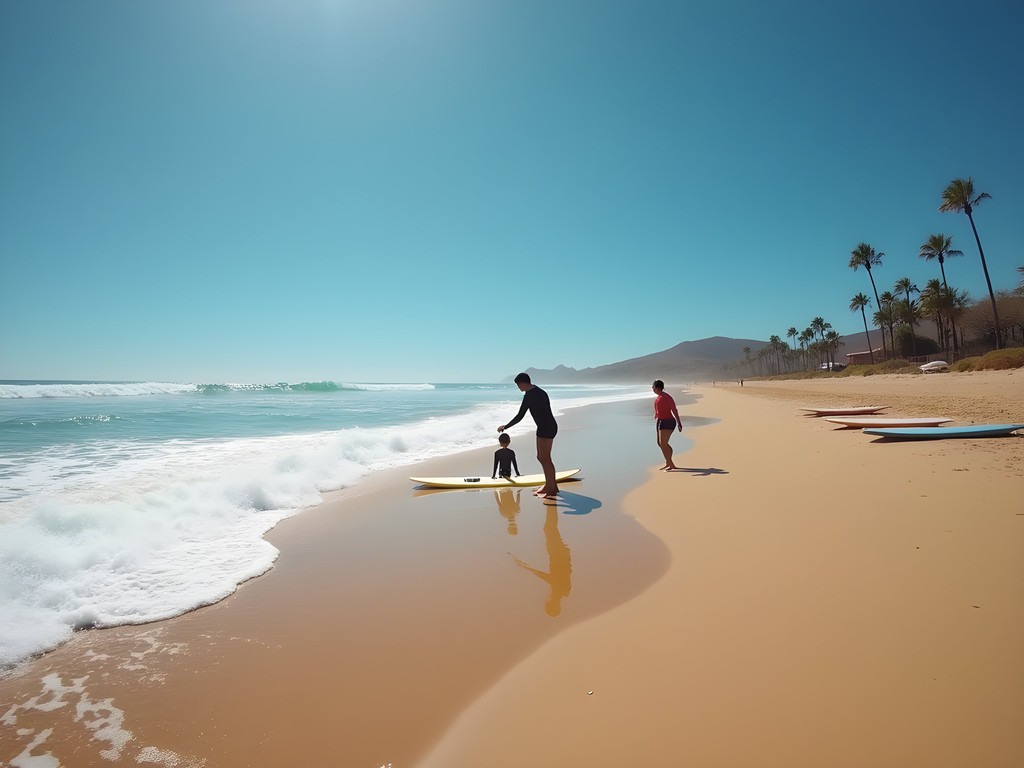
💡 Pro Tips
- Book surf lessons for early morning (6-9am) when winds are calmest
- Rent a beach umbrella for the day (about 15 soles) rather than paying for expensive beach club access
- For the best ceviche, follow locals to small family-run spots away from the main tourist strip
Local Markets & Ethical Souvenirs
As a visual merchandiser with a weakness for handcrafted treasures, markets are my kryptonite. The Piura to Máncora route delivers big time on this front, with each location offering distinct handicrafts that tell the story of northern Peru's rich cultural heritage.
In Piura, I spent hours in Mercado Modelo hunting for textiles. The region is famous for its weaving traditions, particularly items made from Pima cotton and alpaca wool. I scored a gorgeous hand-embroidered wall hanging that now takes pride of place in my living room. What makes shopping here special is the opportunity to watch artisans at work – I spent an afternoon with a weaver named Lucia who showed me techniques passed down through generations of her family.
The smaller towns along the desert route offer unexpected treasures too. In Catacaos, just outside Piura, the silver filigree work is extraordinary. I picked up delicate earrings that showcase this intricate technique for about a quarter of what they'd cost in Lima or Cusco.
Máncora itself has become more souvenir-oriented as tourism has grown, but you can still find authentic pieces if you know where to look. Skip the main drag and head to the weekend artisan market near the fishing pier, where local craftspeople sell everything from hand-carved surfboard keychains to jewelry made with local tagua nuts (a sustainable alternative to ivory).
My shopping philosophy has always been to seek out items that support local economies and traditional crafts. I'd rather spend more on one meaningful piece than load up on mass-produced trinkets. One of my favorite finds was a hand-painted retablo (a sort of 3D diorama) depicting coastal life, created by an elderly artist who's been making them for over 50 years.
Remember that bargaining is expected, but always do it respectfully. I start around 70% of the asking price and work from there, keeping in mind that a few dollars difference means much more to the artisan than to me.
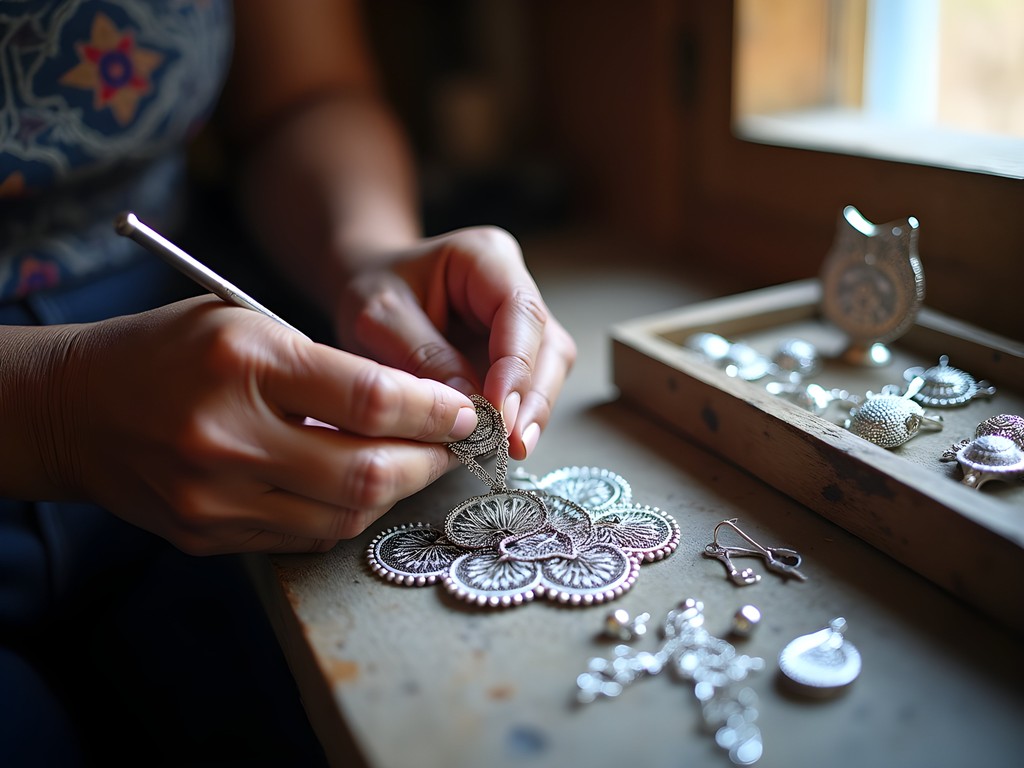
💡 Pro Tips
- Learn a few phrases in Spanish - even basic bargaining terms will improve your market experience dramatically
- Set a souvenir budget before you start shopping - market treasures have a way of multiplying!
- Ask permission before photographing artisans or their work - most are happy to oblige if asked respectfully
Budget-Friendly Tips & Local Secrets
Let's talk money, mates – because adventure doesn't have to break the bank. This entire week-long journey cost me less than what I'd spend on a weekend in Sydney, and that includes splurging on a few worthy experiences.
Transportation is your biggest expense, but there are ways to minimize costs. I teamed up with two travelers I met at my hostel in Piura to split the 4WD rental, bringing the per-person cost down to about $25 USD daily. If you're solo and flexible, hang out in the common area of Hospedaje El Refugio in Piura – it's where backpackers often look for road trip buddies.
Accommodation along this route ranges from bare-bones to boutique. In Piura, Hospedaje El Refugio offers clean private rooms with shared bathrooms for about $15 USD per night. For the desert overnight, Ecolodge Huayruro's mud-brick bungalows run about $30 USD including a home-cooked dinner and breakfast. In Máncora, I stayed at Kokopelli Hostel, which has both dorms and private rooms, plus a killer pool scene for around $20 USD per night.
Food is where this journey truly delivers value. Skip tourist traps and follow locals to small menú restaurants offering set lunches for 10-15 soles (about $3-4 USD). These typically include a starter, main course, dessert and drink – an absolute steal. In Máncora, the best seafood isn't at beachfront restaurants but at the simple eateries near the fishing pier, where a massive plate of just-caught ceviche costs about $5 USD.
For activities, negotiate everything. Surf lessons advertised at $25 USD can often be haggled down to $15-20, especially if you commit to multiple days. The dune bashing tour I mentioned earlier? Listed at $40 USD, I paid $25 by joining as a last-minute addition to an existing group.
My secret weapon for this trip was my quick-dry travel towel – perfect for impromptu swims, desert dust clean-ups, and even as a picnic blanket for roadside lunches with views that five-star restaurants can't compete with.

💡 Pro Tips
- Download the XE Currency app for offline use - helpful when negotiating prices
- Carry small denominations of soles - many small vendors can't break large bills
- Most hostels offer free water refill stations - bring a reusable bottle and save money while reducing plastic waste
Final Thoughts
As I watched my final Máncora sunset, toes in the sand and a cold Cusqueña in hand, I couldn't help but marvel at how this journey delivers such diverse experiences in just one week. From the textile treasures of Piura to the perfect waves of Máncora, with all those heart-stopping desert adventures in between – it's a road trip that packs a serious punch without demanding serious cash.
The beauty of this route is how it lets you set your own adventure dial. Crank it up with cliff diving and dune bashing, or dial it back with beachfront yoga and market wandering. Either way, you'll come away with stories that'll have your mates booking flights to Peru before you've even finished telling them.
So what are you waiting for? Grab your travel backpack, round up some adventure buddies (or embrace solo travel – it's brilliant here), and get ready for a journey that proves the best adventures aren't always found in guidebooks. The desert to ocean road awaits – and trust this Aussie girl, it's absolutely worth the journey!
✨ Key Takeaways
- The Piura to Máncora route offers incredible diversity: desert adventures, canyon exploration, and beach activities in one trip
- Budget travelers can experience this entire journey for under $500 USD including all transportation, accommodation, food and activities
- Local markets in Piura and small towns offer authentic handicrafts at much better prices than tourist destinations
- Spring (April-May) offers ideal conditions: good weather, smaller crowds, and perfect surf conditions in Máncora
📋 Practical Information
Best Time to Visit
Spring (April-May) or fall (September-October) for ideal weather and smaller crowds
Budget Estimate
$400-600 USD for one week including transportation, accommodation, food and activities
Recommended Duration
5-7 days (2 days Piura, 1-2 days desert journey, 2-3 days Máncora)
Difficulty Level
Intermediate - Requires Basic Spanish Phrases And Comfort With Unpredictable Road Conditions
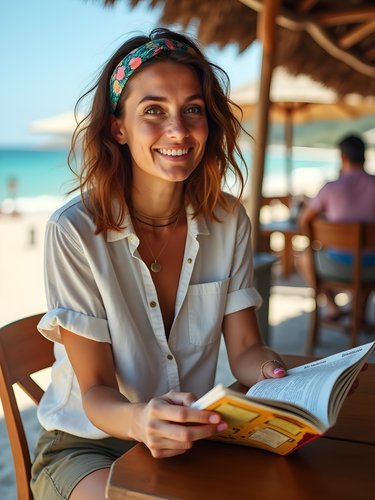



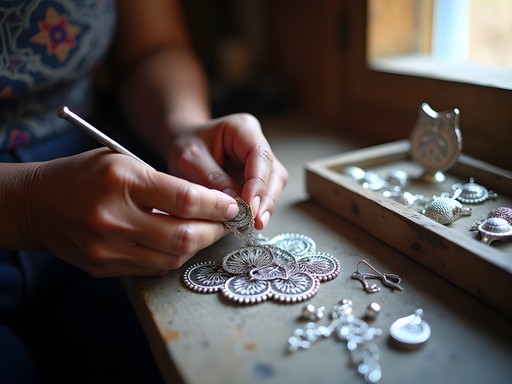
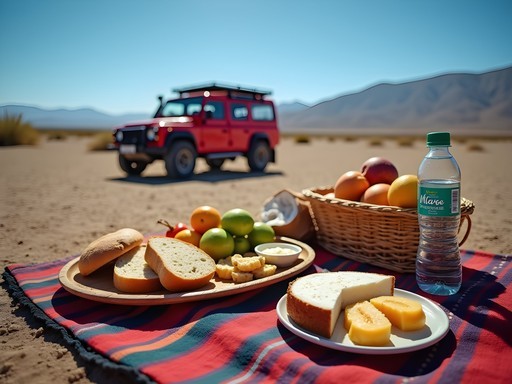








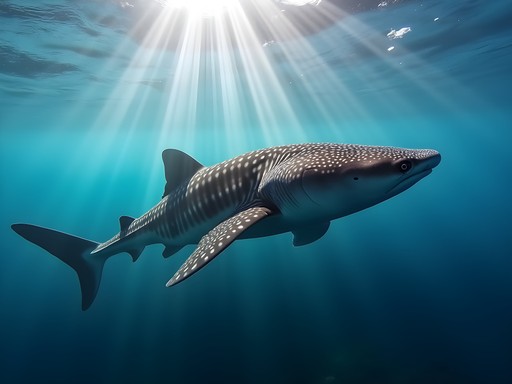
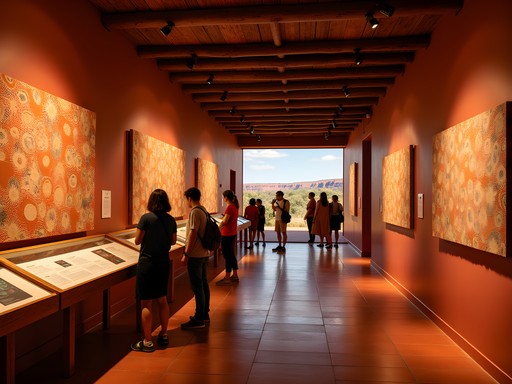
Comments
freeseeker6447
Just booked my tickets to Peru for next month! Can't wait to try this road trip - thanks for the inspiration!
vacationwalker
You're going to love it! Don't miss the ceviche in Máncora!
Jean Wells
Having traveled this route three times over the past decade, I've witnessed how tourism has changed Máncora. Francesca's post captures the essence wonderfully, but I'd add that timing is everything. November-December offers the perfect balance of good weather and fewer crowds. The desert section has become more accessible, but still retains its raw beauty. For solo travelers concerned about safety, I've always found this route quite secure, though standard precautions apply in Piura city. The local buses (collectivos) are a fascinating cultural experience if you speak basic Spanish. What hasn't changed is the incredible hospitality of the people and the magical quality of light during sunset in Máncora - truly one of Peru's underrated treasures.
redmood
The market in Piura looks incredible! Love finding authentic local crafts when traveling.
summerguide5545
How many days would you recommend for this trip? Is it doable as a weekend getaway or better as a longer trip?
greennomad
Not the author but I'd say at least 4 days to really enjoy it - one day in Piura, one for the journey (with stops), and at least two in Máncora to relax!
winterace5164
Those sunset photos are incredible! What camera do you use?
Frank Garcia
Great write-up on this route! I backpacked through Peru last year and found the Piura-Máncora stretch fascinating for how quickly the landscape transforms. The desert section feels almost post-apocalyptic before suddenly giving way to those gorgeous beaches. For budget travelers, I'd add that there are some decent hostels in Máncora for around $10-15/night that aren't listed on major booking sites - just ask locals when you arrive. The surf instruction is also much cheaper if you book directly on the beach rather than through hotels. My compact binoculars came in handy for spotting wildlife along the coast - saw some amazing sea birds and even dolphins one morning!
redmood
Thanks for the hostel tip! Any specific names you'd recommend?
Frank Garcia
Check out Kokopelli Hostel or Misfit Hostel - both have good vibes and are walking distance to the beach!
vacationwalker
Did this exact route last year but took public transport instead of driving. The desert landscape between Piura and Máncora is unreal - like being on another planet! The bus windows weren't the cleanest for photos, but the experience was still worth it. Spent 4 days in Máncora and could've stayed longer. The ceviche at the local market is still the best I've ever had.
freeseeker6447
Was public transport easy to figure out? Planning my trip for January!
vacationwalker
Super easy! Buses run frequently from Piura to Máncora. Just go to the main terminal and you'll find several companies. I used Eppo - clean buses and they run every hour or so. Cost about 25 soles.
greennomad
This looks amazing! Adding this road trip to my bucket list immediately!
journeydiver
Did this trip last month! Those desert winds are no joke. Bring a good scarf!
dreamdiver5339
That market photo with all the colorful textiles is amazing! What camera do you use?
Francesca Mills
Thanks! Just using my trusty old Sony A6400 with a 35mm prime lens. The markets there are a photographer's dream!
Venture X
Premium card with 2X miles, $300 travel credit, Priority Pass